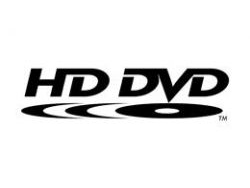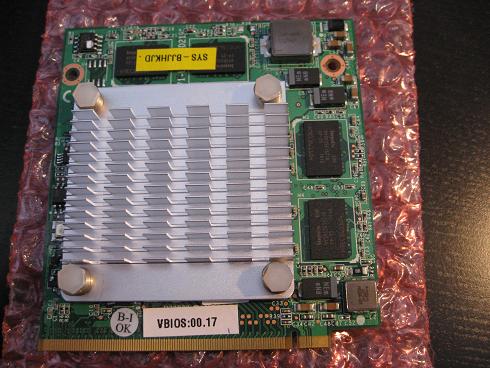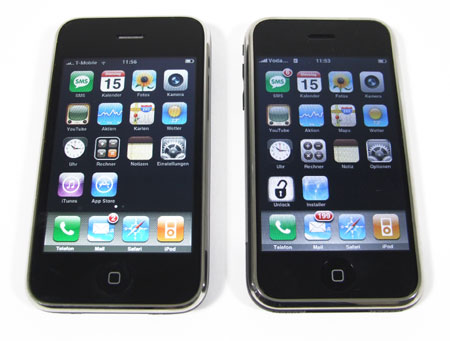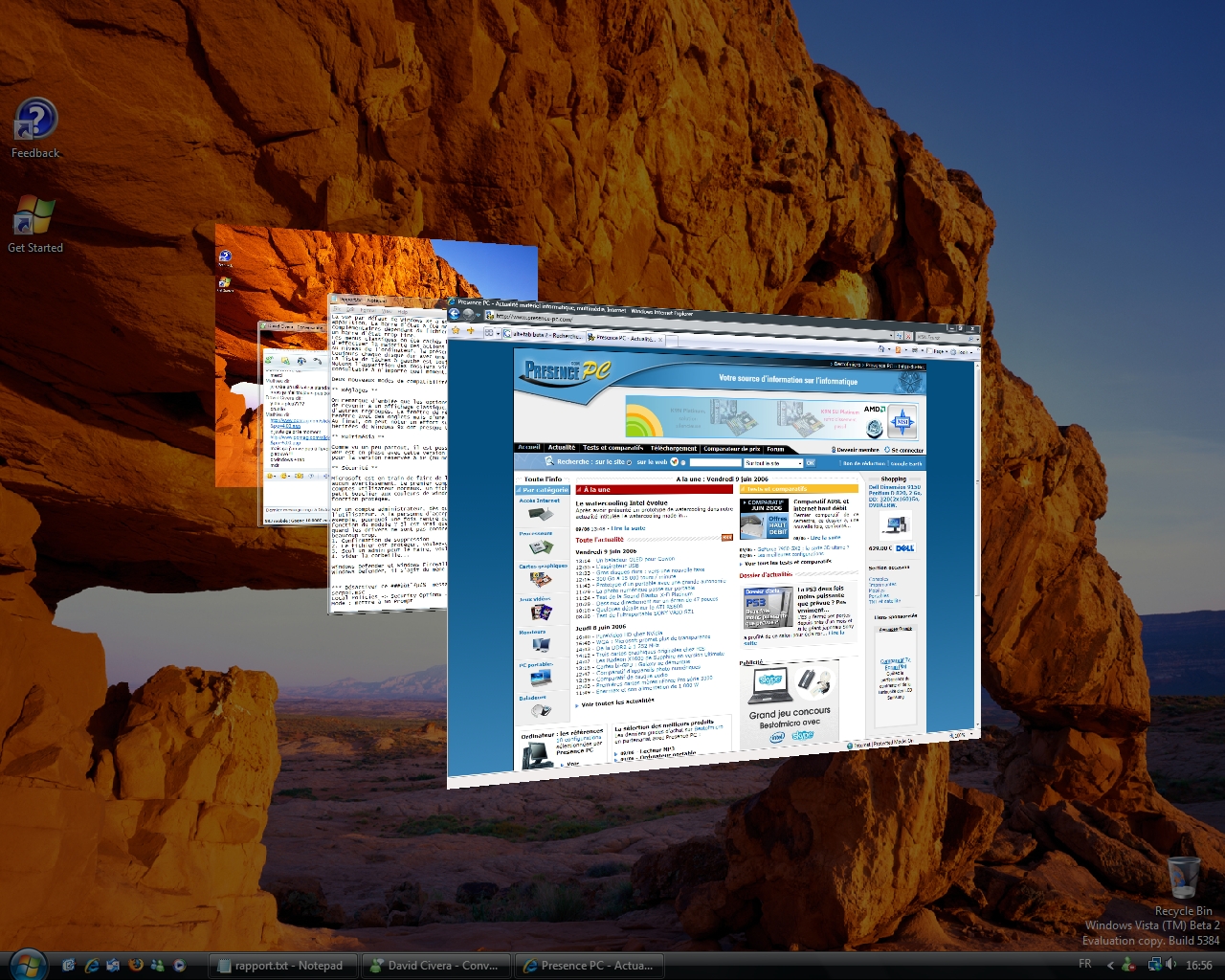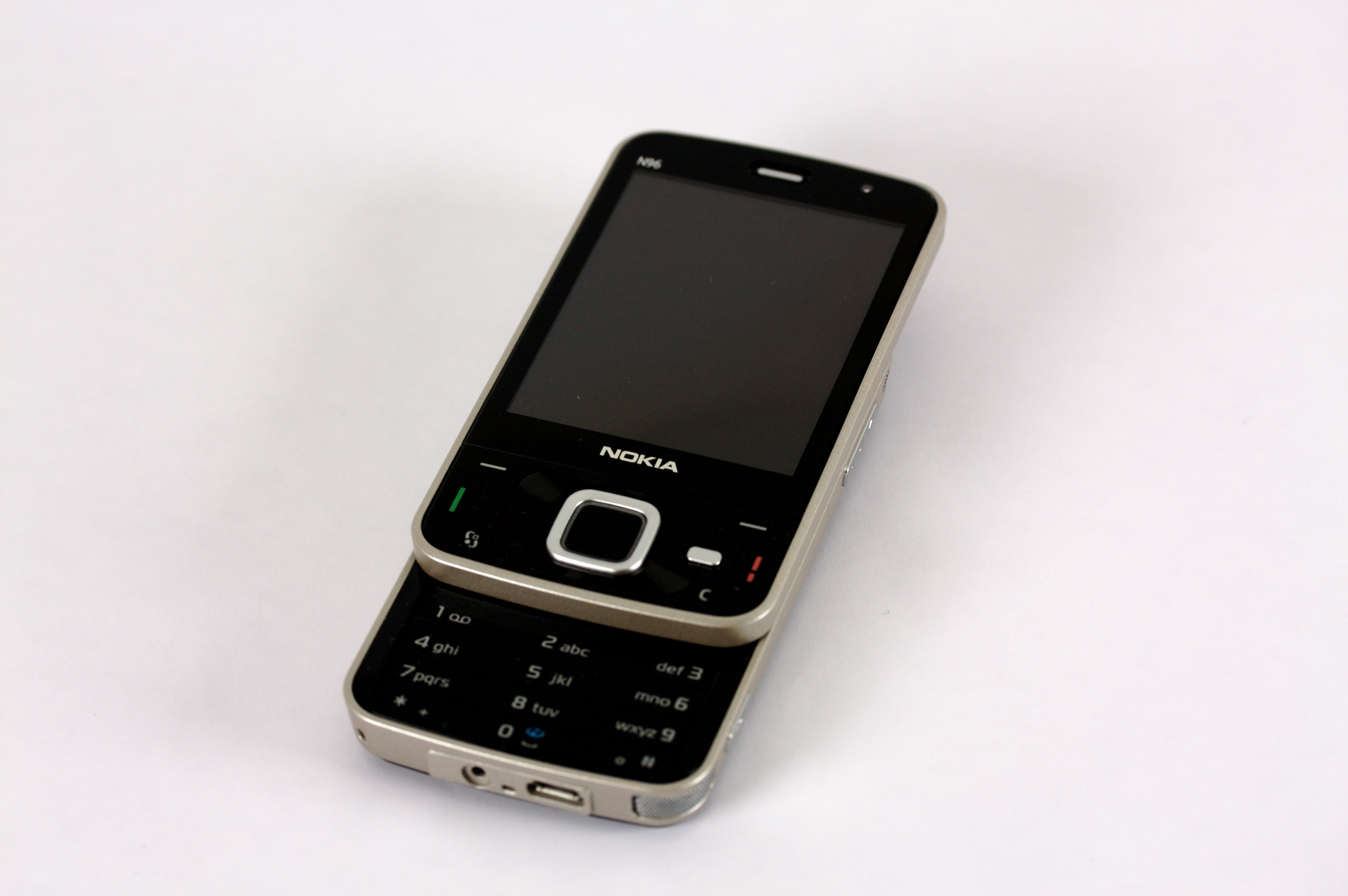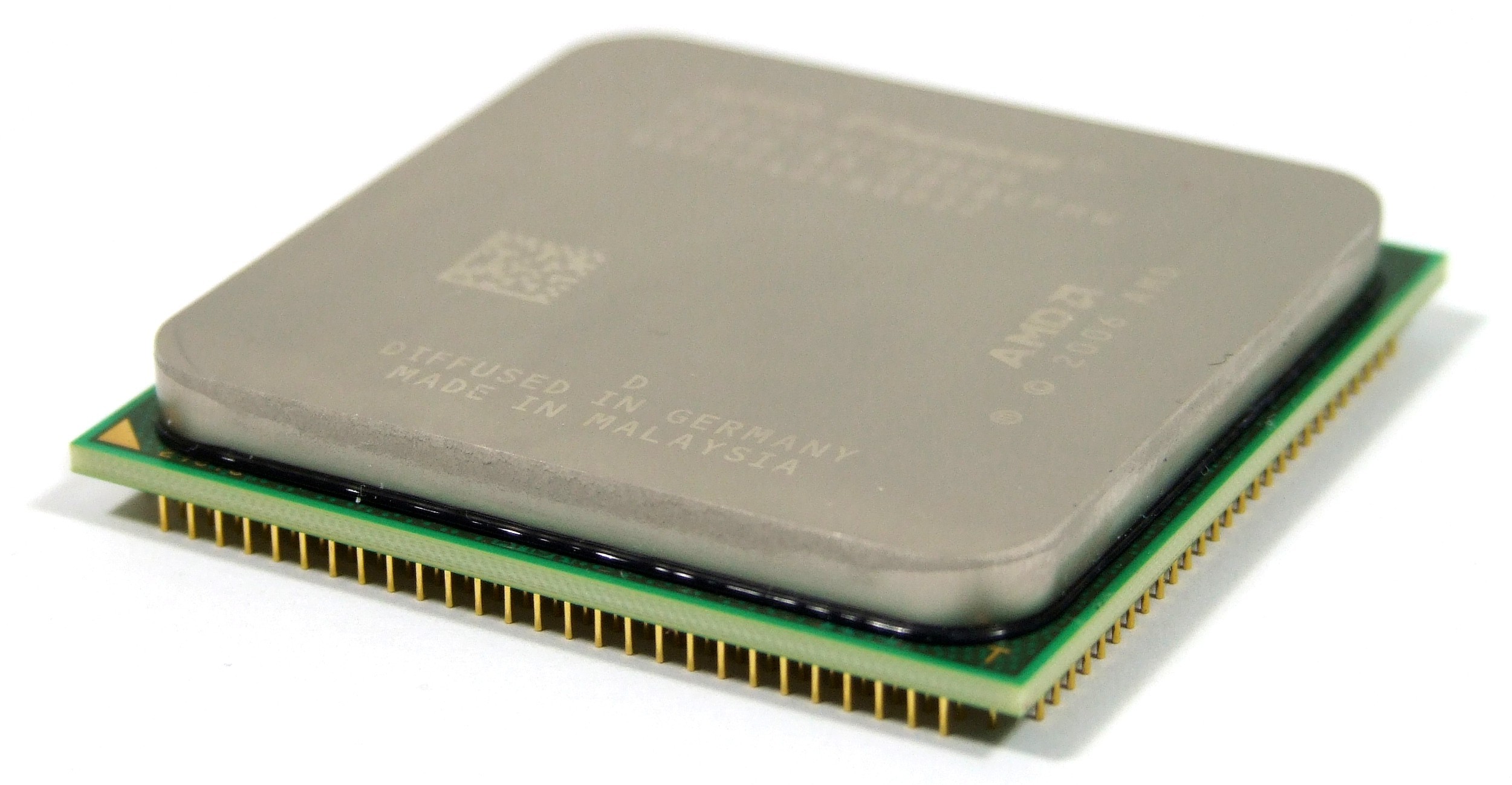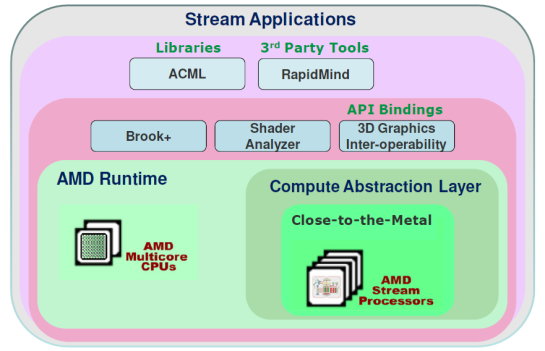The Biggest High-Tech Flops Of 2008
Top Flops of 2008
Here’s a rundown of the flops and fiascos that marked the year 2008 in the high-tech world. When you add up the products that were just plain bad, the recurring technical problems, and the products that everybody waited for and then turned out to be disappointments, there’s actually quite a list of disappointments. We’ve selected the 15 worst flops of 2008 and listed them here.
HD DVD
The death of HD DVD may well represent the most resounding flop of 2008. At the height of the war between the competing formats, HD DVD and Blu-ray, Warner Brothers dumped the Toshiba-backed entry, effectively signing its death warrant—and those who had purchased HD DVD drives and movies were left holding the bag. The format was actually quite similar to Blu-ray, but less expensive (and also sporting a lower capacity).
The GeForce 8M
Nvidia is one company that took its share of lumps in 2008. The GeForce 8400M and 8600M graphics cards, both dogged by problems, seriously damaged the company’s bottom line and its reputation. Under certain conditions (during intensive use), both cards can stop functioning due to a fault in the material used for the bond between the PCB and GPU. While Nvidia made amends by taking responsibility for the failures, this kind of problem is never good for a company’s image.
The iPhone Killers
iPhone, iPhone, and more iPhone... Apple’s phone was indeed a master stroke, and of course, it’s not the flop we’re referring to. We’re talking about the alleged “iPhone Killers:” cell phones, smartphones, and PDAs, that, according to their creators, were going to knock Apple’s best-seller off its pedestal. However, even though the real deal does have its faults (no MMS, copy/paste, crippled Bluetooth, video, etc.), its fluid, user-friendly interface was enough to enable Apple to sell iPhones by the truckload.
OLED Displays
Organic LED (OLED) displays deserve a place in our list of the flops of 2008. Aside from a few telephones—where their advantage is not at all clear at first glance—OLED displays are most conspicuous by their absence. With Sony's 11-inch TV at $2,500, OLED is not exactly what you’d call a sales stimulator. Even though the technology does have potential (Ed.: we saw plenty of it on display at CES this year), its high cost and its limitations (in particular its life expectancy) have kept OLED from breaking through.
Windows Vista
Even if Windows Vista didn’t debut in 2008, it’s still one of Microsoft’s most high-profile "failures" for the year. Market share for the new OS from Redmond was signifantly lower that MS would have liked, and sales of Windows XP—which was slated for withdrawal in June—are still high, especially on netbooks and nettops. What’s more, the beta versions of Windows 7 look good, which is encouraging users to wait rather than moving to Vista.
PMT (Personal Mobile Television)
PMT, the Holy Grail of on-the-go TV fans, remains only a dream for the time being. The bundles to be made available were chosen in March 2008, but we’re still waiting for a launch—or even a test phase. Officially, the delay is supposed to be caused by the unavailability of devices that can receive the signal (in DVB-H format), but manufacturers don’t want to launch compatible cell-phone models without available programming. So it’s the typical Catch-22… Meanwhile, a scant few models (like the Nokia N96) are compatible, but they’re unusable. Did we mention that 30% of the French population was supposed to be covered by sometime in 2009?
Get Tom's Hardware's best news and in-depth reviews, straight to your inbox.
AMD’s Phenom X3
Why only the Phenom X3? Because the processor became available in 2008 (the original Phenom dates from 2007) and it was never really attractive—it was slower than Intel equivalents that have only two cores and originally bugged by applications unable to cope with the seemingly strange pool of execution resources. The Phenom X3 (like the recent Athlon X2s using the K10 core) is an X4 processor with one core disabled (or defective). Since the gains with three cores are very low, AMD fans would do better to look at the Phenom X4 if they need solid threaded performance or the X2 for quicker clocks.
Microsoft’s Yahoo! Buyout
You could call Microsoft’s plan to acquire Yahoo! an on-again, off-again engagement. First it was yes, then it was no, then it was yes again, but at a lower price, and now nobody knows what’s going to become of Yahoo!, or even what Microsoft really wants to do with the company if the acquisition ever becomes a reality. If there hadn’t been a market crash in October, it might have been the big financial fiasco of the year, but as it stands now, it’s a flop.
Brook+/CAL: GPGPU By AMD
GPGPU is all the rage: OpenCL, GPGPU possibilities in DirectX 11, CUDA from Nvidia, and so on. And what about AMD? Well, there’s Brook+/CAL and ATI Stream, but they’ve been unable to garner much in the way of attention. Aside from a few applications like Folding@Home and the latest version of the AVIVO Converter—which in actual practice makes heavy use of the CPU and very little of the GPU—there’s not much out there. The fault doesn’t lie with AMD’s technology, which is just as good (if not better) than Nvidia’s, but rather with documentation, standardization, and the fact that the solution is complicated to program. CUDA, which in fact served as the basis for OpenCL, is much easier to implement than AMD’s solution.
Sony Ericsson XPeria X1
It may have been the most eagerly awaited telephone of the year... and it may well have been the most disappointing telephone of the year, too. Introduced in February with (almost) operational prototypes, the phone has only just become available in stores. Its “revolutionary” Windows Mobile interface was not only slow, but it also wasn’t any more functional than other operating systems from HTC, Samsung or Asus. And since there’s only one Windows Mobile model from Sony Ericsson, developments for the proprietary interface, quite naturally, are scarce. What was supposed to be the ultimate smartphone is at best only passable, and at worst a total failure.
-
one-shot I looked forward for GTA IV on PC for a long time only to realize that I would be crazy to buy it. Now Piracy will be blamed because of a rushed ported console game that had poor sales because of the game's low quality. Worse sales on the PC side will result in the studios investing even less time into a game resulting in worse quality than before. Even though Piracy is to blame...obviously.Reply -
cangelini I'd like to think that the few gems that come out on the PC first (and people actually buy) remind developers that it's still worthwhile. Wonder if TTWO rushed that one out to try affecting the buyout offer?Reply -
twisted politiks im confused as to why they have a dell laptop with an exploded battery with the article flopping Sony's battery? XDReply -
cangelini twisted politiksim confused as to why they have a dell laptop with an exploded battery with the article flopping Sony's battery? XDReply
Sony-made batteries were in Dell and Apple systems when the exploding battery saga began... -
jtnstnt You guys know what the internet is really for. No need to say just find it on picture 9.Reply -
kingraven I don't know about France but here in Portugal there is at least 1 ISP that has already started to make some pilot tests with fiber optic cabling. I am one of the happy testers of a 60Mb download/ 16Mb upload connection :). Fiber cable comes all the way to the house and in to a modem.Reply -
arsenoxide jtnstntYou guys know what the internet is really for. No need to say just find it on picture 9.Reply
Haha, I just noticed that. :D
In regards to the Phenom X3, I agree that its 3 cores are underpowered in comparison to Intel's dual cores. It's pretty sad. -
randomizer The Aussie governmant wants to lay down a fibre network to 98% of the population over the next 5 years, but they can't even get a buyer for the network. Too bad it will likely be FTTN; it won't make a difference to speeds while the country is sitting on ancient, waterlogged last miles. :sarcastic:Reply -
ravenware Phenom x3 was useless. The majority of the Phenom line is considerably underpowered and out performed by its own predecessors. There was the 4x4 cluster fu** before it too.Reply -
100Mbit (12MByte/s) upload and download speedsReply
already enabled in a part of The Netherlands :]
HD movies in 12 mins :O

